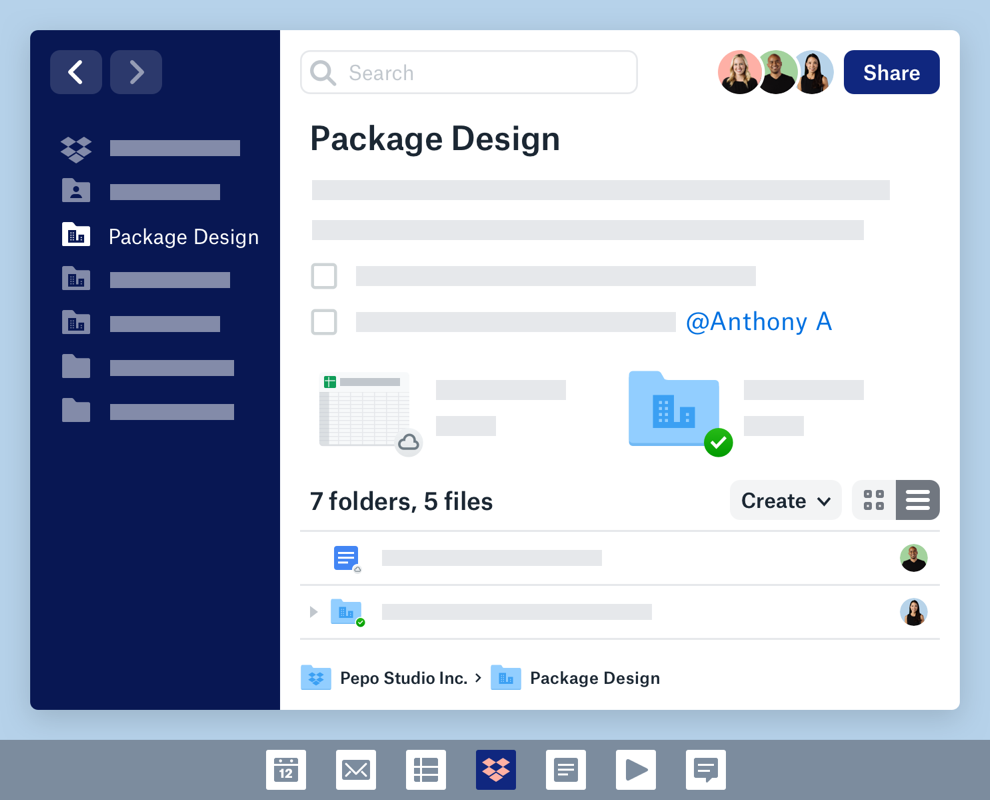

The private key is stored on your device and never sent to the remote site. If you successfully validate your identity, your device generates the public/private key pair.You’re prompted to approve this request with Touch ID, Face ID, or your device password, depending on what’s available and enabled.The web server pushes a request to your browser to provide encryption information.The site’s security section lets you choose to use a passkey or one of the alternate names above.
Dropbox mac app store code#
This might be a link sent via email, a texted code, or a prompt for a 2FA acknowledgment with a code or via an app you already have installed on your iPhone or iPad. The site may prompt you for additional verification.
 Log in using your existing username and password. The process will work very similarly to when you enroll at a site for two-factor authentication (2FA) or if you have previously used a hardware key for WebAuthn, like those made by Yubico: ( FIDO2 is the name given by the FIDO Alliance trade group, a key part of making passkeys and WebAuthn happen, and which Apple, Microsoft, and Google are members of.) All of those terms should mean you can use an Apple (or Google or Microsoft) passkey as your login credential. A site might state it supports passkeys generically, say that it has WebAuthn support, or declare that it’s FIDO2, CTAP, or “multi-device FIDO credential” compatible. To enroll, you visit a website that offers passkey support. The public key can’t be used for login but rather to prove your identity: you possess the private key, which is created on your device and never leaves it for a login. When you visit a server that supports WebAuthn (the technology required to accept, store, and interact with a passkey), your browser will present the public key of the encryption pair. A passkey comprises a paired set of encryption keys, known generally as public-key cryptography.
Log in using your existing username and password. The process will work very similarly to when you enroll at a site for two-factor authentication (2FA) or if you have previously used a hardware key for WebAuthn, like those made by Yubico: ( FIDO2 is the name given by the FIDO Alliance trade group, a key part of making passkeys and WebAuthn happen, and which Apple, Microsoft, and Google are members of.) All of those terms should mean you can use an Apple (or Google or Microsoft) passkey as your login credential. A site might state it supports passkeys generically, say that it has WebAuthn support, or declare that it’s FIDO2, CTAP, or “multi-device FIDO credential” compatible. To enroll, you visit a website that offers passkey support. The public key can’t be used for login but rather to prove your identity: you possess the private key, which is created on your device and never leaves it for a login. When you visit a server that supports WebAuthn (the technology required to accept, store, and interact with a passkey), your browser will present the public key of the encryption pair. A passkey comprises a paired set of encryption keys, known generally as public-key cryptography.






 0 kommentar(er)
0 kommentar(er)
